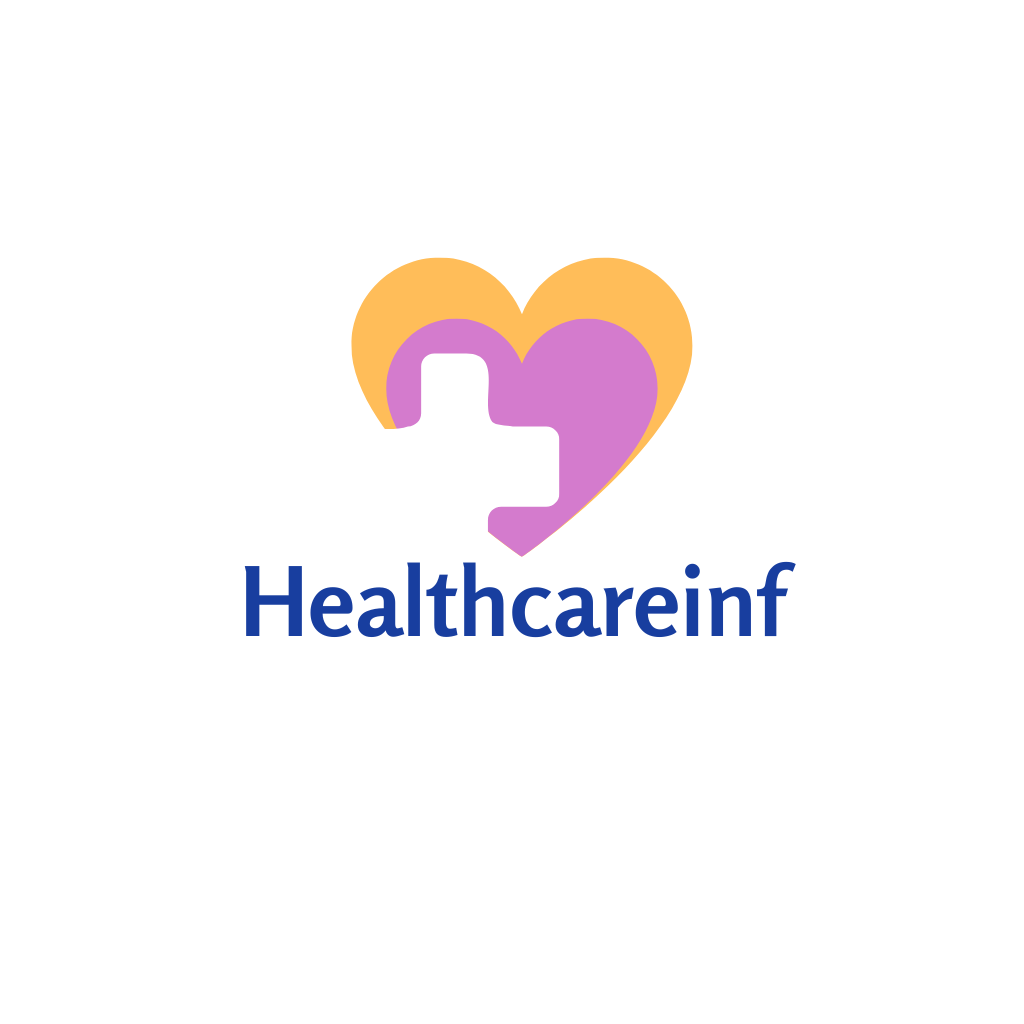That unexpected fever, the sudden chest pain, or a slip that breaks your arm—these aren’t just medical problems. They are financial disasters waiting to happen. For the average person, a serious illness can instantly wipe out a life’s savings and bury a family in medical debt.
If you think you’re saving money by skipping your health insurance premium, you are dangerously wrong. You’re not saving money; you’re gambling your entire future. Health insurance isn’t a luxury item; it is the absolute foundation of your financial security.
It’s time to stop ignoring the risk and face the shocking math of healthcare costs.
The Brutal Reality of Hospital Bills
When you are rushed to the Emergency Room, the hospital doesn’t check your bank balance—it just starts counting costs. These charges escalate at a terrifying speed.
A simple appendectomy (appendix removal) can cost $15,000 to $30,000. A multi-day stay for a heart attack? That bill can easily hit $50,000 or more, even if you survive. Without insurance, you are liable for 100% of that amount. The stress alone can make you sicker.
The target audience here is worried about “high-intent, high-cost” events, which advertisers pay most to target. We must emphasize the solution.
The Solution: Your Cost Firewall
Health insurance acts as a financial firewall. Instead of facing a five or six-figure bill, your responsibility is limited to a few specific, manageable amounts defined in your policy:
Premium: The fixed monthly fee you pay to keep your coverage active.
Deductible: The amount you must pay out-of-pocket each year before your insurance company starts paying.
Copayment (Copay): A small, fixed fee you pay for routine services, like a $25 doctor’s visit.
Out-of-Pocket Maximum: The absolute most money you will pay in one year for covered medical care. Once you hit this limit, the insurance covers 100% of the rest.
Understanding these four words is the key to managing your financial anxiety.
Case Study in Ruin: Insured vs. Uninsured
Look at this immediate and terrifying contrast. This scenario is based on an unexpected surgery costing $60,000 (a common rate for major procedures).
Factor Uninsured (100% Liability) Insured (Typical Deductible Plan)
Total Hospital Bill $$$60,000 $$$60,000
Your Deductible $$$0 $$$3,000
Your Coinsurance (20% of remaining) N/A $$$11,400 (limited by Max)
Your Out-of-Pocket Max N/A $$$7,500 (The real limit)
The Final Bill YOU Pay $$$60,000 $$$7,500 (Max out)
The Money Insurance Paid $$$0 $$$52,500
Export to Sheets
Would you rather pay $$$60,000 or $$$7,500? The answer is clear. Insurance saves your family from devastating financial ruin and protects your home, your savings, and your credit score.
Don’t Ignore the “Big Three” Coverage Must-Haves
When you look for a policy, focus on what really matters to stop financial stress:
Inpatient Hospitalization: This is the most crucial part. It covers the costs of staying in the hospital, which generate the largest bills. Never choose a cheap plan that limits this.
Emergency Services: Your policy must cover any emergency room visit, even if it’s an out-of-network hospital. Emergencies do not follow rules.
Preventive Care: Most good policies cover things like annual check-ups, flu shots, and basic health screenings at 100% with no deductible. This helps you catch small problems before they become catastrophic and expensive.
Act Now: Your Future Cannot Wait
The best time to buy health insurance is when you are healthy. Waiting until you are sick means you might be denied coverage or face steep prices due to waiting periods.
If you are currently without a plan, you are living on a financial tightrope. Every tick of the clock brings you closer to the moment that small illness becomes a life-shattering bill.
